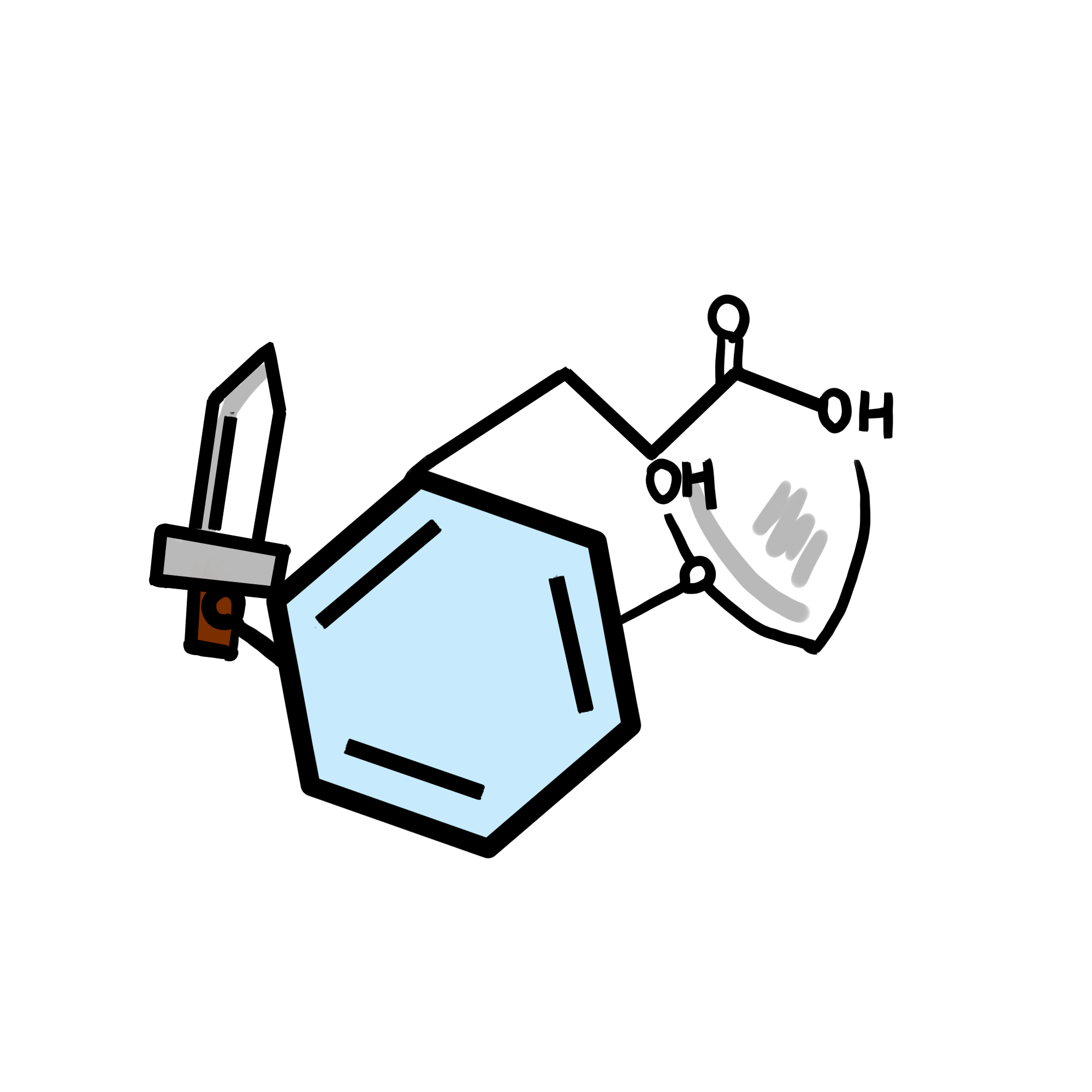Why do we do this ?
According to statistics, the microbes we touched each day is about 3 times more than the human cells. The infection with some specific microbes can cause infectious diseases and give unpleasant smell. Bacteria can infect any area of the body and cause different diseases: pneumonia, meningitis, food poisoning, etc.
We believe that it will be very interesting and meaningful to inhibit most of the bacteria that affects our normal life and to make the environment that has an unusual smell become fragrant in a more efficient, environmentally friendly way.
Based on the principles of metabolic engineering, we engineered an E.coli strain producing phenyllaclic acid that has broad-spectrum antibacterial effects, and the rose-like aroma compound 2-phenylethanol.They are all bio-safe substances of food grade.
We incorporated the common components of temperature and salt control in the synthesis system, which applied phenyllaclic acid and 2-phenylethanol to the environment of our daily lives.The environemnt around us will be greatly improved due to the release of phenyllaclic acid and 2-phenylethanol.


What do we want to do?
We designed two applications to bring PLA and 2-PE into practice. In order to highlight the role of PLA and 2-PE, broad-spectrum antibacterial and rose-like aroma compound, we add it to solve the internal and external environment.
Phenyllactic acid(PLA)widely found in kimchi, honey and other foods. It is a new type of natural antibacterial substance and preservative, which can inhibit a series of Gram-negative, positive bacteria and fungi. Besides, PLA has obvious improvement and protection to the cardiovascular system, which has been widely used in the food and pharmaceutical industries. The process of chemical synthesis of PLA is complex, costly, environmentally unfriendly, and the products are difficult to be separated and purified, while the biosynthesis method produces PLA with low cost, high purity and low pollutant. In our project, d-lactic acid dehydrogenase (Dldh) and phenylalanine transaminase (Tyrb) were efficiently expressed in escherichia coli, besides, glutamate dehydrogenase (GDH) was expressed, for the internal recycling of cofactor NADH. The phenylalanine was converted to phenylpyruvate by the action of an ammonia-transferase (Tyrb), and then dehydrogenated by a lactate dehydrogenase (Dldh) to produce phenyllactic acid. Finally, the metabolic pathway and catalytic conditions were optimized to significantly improve the yield of PLA. 2-Phenylethanol (2-PE) is one of the most important perfume, which has a rselike quietly elegant, delicate and persistent aroma. In recent years, many studies have shown that phenylethyl alcohol not only has antibacterial activity, but also its phenylethanoid glycoside has medicinal value. 2-PE is traditionally extracted from rose, the yield is typically low . Nowadays, 2-PE is mostly produced by che- mical synthesis, which is environmentally unfriendly and produces unwanted by-products .Therefore, we used the tnaA gene deletion strain of Escherichia coli as an engineering strain, and co-overexpressing the aromatic transaminase from E. coli (TyrB), phenylpyruvate decarboxylase from S. cerevisiae (Aro10) Par the phenyla- cetaldehyde reductase from the rose (Rosa sp.) under the control of the J23100 promoter. The phenylalanine is converted to phenylpyruvate by transamination, then acetaldehyde is formed by decarboxylation, and finally 2-phenylethyl is produced by dehydrogenation. The 2-PE biosynthetic pathway was constructed, and finally the metabolic pathway and optimization of the catalytic conditions were carried out to significantly increase the yield of 2-PE.

How do we apply ?
A new type of garbage lid, which contain our engineered bacteria. With the press to the bottom, the bacteria flew down and produce PLA and 2-PE to inhibit the growth of harmful bacteria and release the rose-like fragrance.
We use biomemrane as our final product to get rid of bromidrosis. Our engineered bacteria will be culture in the interlayer of the membrane. The membrane not only passes through outputs, but also prevents the bacteria reveal to our skin.





